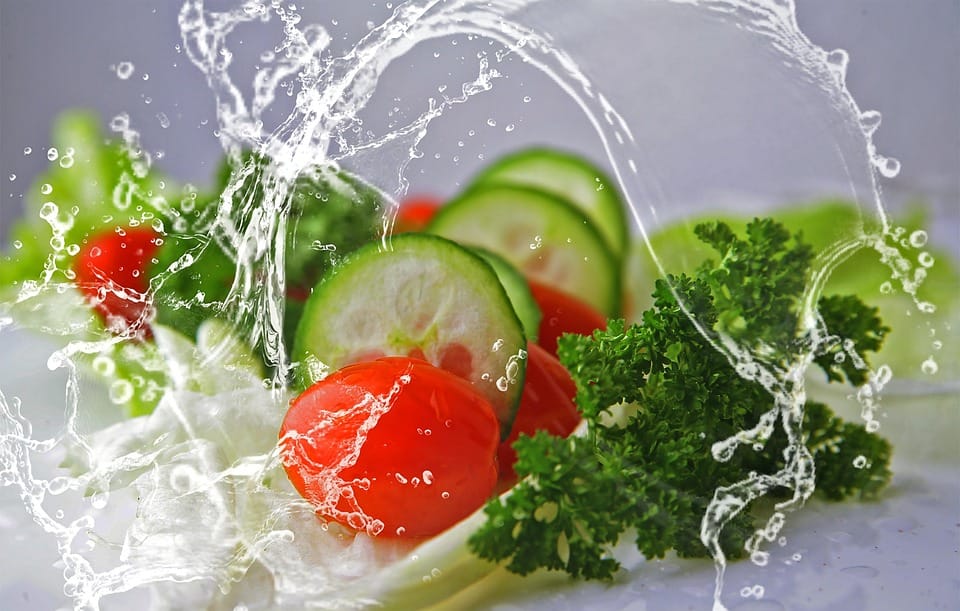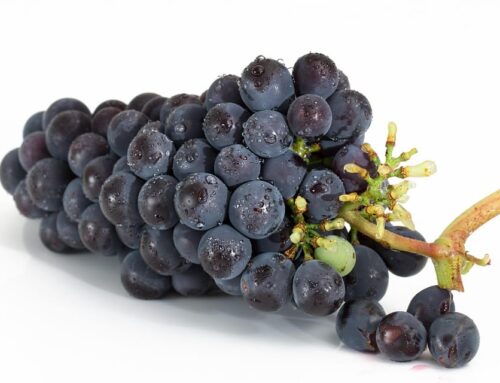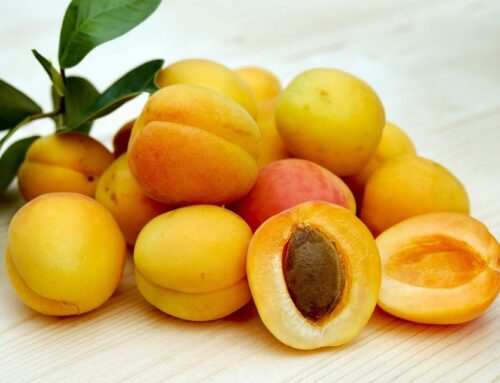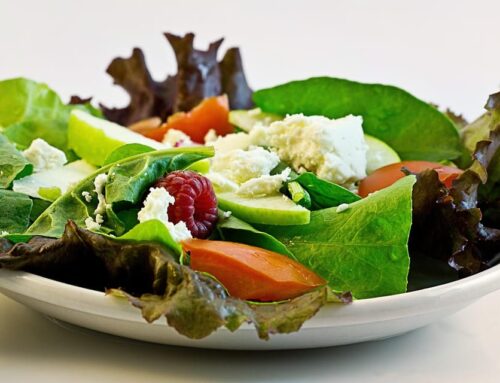
From Farm to Table: How to Ensure Your Food is Safe and Fresh
The journey of food from farm to table is a complex process that involves multiple stakeholders, from farmers to distributors, processors, and retailers. With the increasing concerns about food safety and quality, it’s essential to understand the steps involved in ensuring that the food we eat is safe and fresh. In this article, we’ll delve into the world of food production and explore the measures that can be taken to guarantee the safety and freshness of our food from farm to table.
Section 1: Understanding Food Safety
Food safety is a top priority in the food industry, and it’s crucial to understand the risks associated with foodborne illnesses. According to the World Health Organization (WHO), an estimated 600 million people worldwide fall ill each year due to contaminated food, resulting in approximately 420,000 deaths. The most common causes of foodborne illnesses are bacterial contamination, viruses, and parasites. To ensure food safety, farmers, processors, and retailers must adhere to strict guidelines and regulations.
Farmers play a critical role in ensuring food safety by implementing good agricultural practices (GAPs). GAPs involve maintaining clean and sanitary conditions in farms, handling produce carefully, and monitoring for pests and diseases. Farmers must also follow proper procedures for harvesting, storing, and transporting produce to prevent contamination.
Section 2: Implementing Food Safety Measures
Implementing food safety measures is a collaborative effort between farmers, processors, and retailers. Here are some measures that can be taken to ensure food safety:
Food processors must follow Good Manufacturing Practices (GMPs) to prevent contamination during processing. This includes maintaining clean and sanitary facilities, controlling temperature and humidity, and implementing effective cleaning and sanitizing procedures.
Retailers must ensure that produce is stored and displayed in a clean and sanitary environment. This includes maintaining refrigeration temperatures, controlling humidity, and preventing cross-contamination.
Consumers also play a crucial role in ensuring food safety by following proper food handling and storage practices. This includes washing hands before handling food, separating raw and cooked foods, and storing food at the correct temperature.
Section 3: Ensuring Freshness
Ensuring the freshness of produce is just as important as ensuring its safety. Fresh produce is not only more appealing to consumers but also has a higher nutritional value. Here are some measures that can be taken to ensure the freshness of produce:
Farmers must implement proper handling and storage practices to prevent spoilage. This includes storing produce in a cool, dry place, controlling temperature and humidity, and monitoring for pests and diseases.
Processors must follow proper processing and packaging procedures to prevent damage and contamination. This includes washing and cleaning produce, controlling temperature and humidity, and using proper packaging materials.
Retailers must ensure that produce is stored and displayed in a way that prevents spoilage. This includes maintaining refrigeration temperatures, controlling humidity, and preventing cross-contamination.
Section 4: The Role of Technology in Ensuring Food Safety and Freshness
Technology plays a vital role in ensuring food safety and freshness. Here are some ways in which technology can be used to improve food safety and freshness:
Farmers can use precision agriculture techniques, such as precision irrigation and precision fertilization, to optimize crop growth and reduce the risk of contamination.
Processors can use advanced processing technologies, such as high-pressure processing and ultraviolet (UV) light treatment, to extend the shelf life of produce and reduce the risk of contamination.
Retailers can use electronic shelf labels and inventory management systems to track the freshness and safety of produce and ensure that it is stored and displayed properly.
Section 5: The Future of Food Safety and Freshness
The future of food safety and freshness is likely to involve a combination of traditional practices and advanced technologies. Here are some trends that are expected to shape the future of food safety and freshness:
The use of blockchain technology to track the origin and movement of produce is expected to increase, providing greater transparency and accountability in the food supply chain.
The use of artificial intelligence and machine learning algorithms to monitor and predict food safety and freshness is expected to become more widespread, enabling faster and more accurate decision-making.
The use of advanced packaging technologies, such as active packaging and intelligent packaging, is expected to increase, providing greater protection and preservation of produce during transportation and storage.
Conclusion
Ensuring the safety and freshness of food from farm to table is a complex and ongoing process that requires the collaboration of multiple stakeholders. By understanding the risks associated with foodborne illnesses, implementing food safety measures, ensuring freshness, leveraging technology, and staying up-to-date with the latest trends, we can work together to provide safe and fresh food to consumers.
FAQs
Q: What are the most common causes of foodborne illnesses?
A: The most common causes of foodborne illnesses are bacterial contamination, viruses, and parasites.
Q: What is the role of farmers in ensuring food safety?
A: Farmers play a critical role in ensuring food safety by implementing good agricultural practices (GAPs), maintaining clean and sanitary conditions in farms, and monitoring for pests and diseases.
Q: What are Good Manufacturing Practices (GMPs) in food processing?
A: GMPs in food processing involve maintaining clean and sanitary facilities, controlling temperature and humidity, and implementing effective cleaning and sanitizing procedures to prevent contamination.
Q: How can consumers ensure food safety at home?
A: Consumers can ensure food safety at home by following proper food handling and storage practices, including washing hands before handling food, separating raw and cooked foods, and storing food at the correct temperature.
Q: What is the role of technology in ensuring food safety and freshness?
A: Technology plays a vital role in ensuring food safety and freshness by providing tools and systems that can monitor and predict food safety and freshness, track the origin and movement of produce, and provide greater transparency and accountability in the food supply chain.







